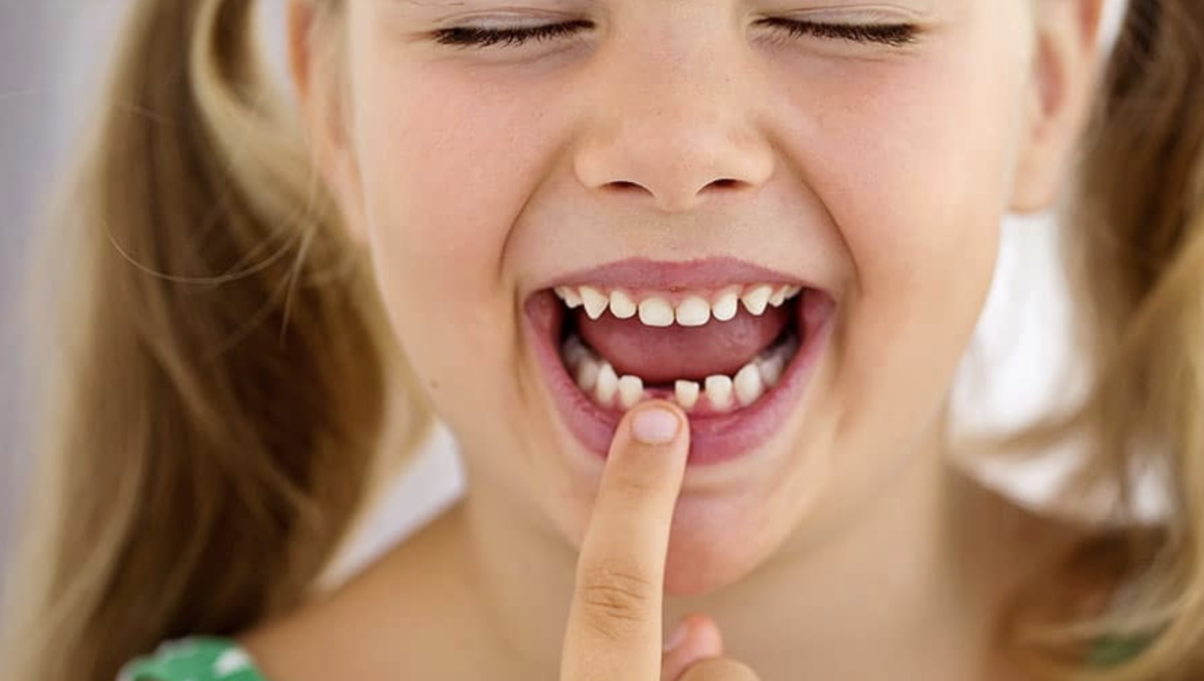Like Santa Clause and the Easter Bunny, the Tooth Fairy is a cherished symbol of childhood. Unlike, many other heroes of folklore, however, the Tooth Fairy exists in some form across numerous religions, cultures and countries. Let’s take a look at the origin of this iconic childhood legend and see how the story has evolved over time.
The History of the Tooth Fairy
The Tooth Fairy as we have come to know it is a relatively recent creation that has evolved over a long period of time. There are legends and traditions, dating back millennia relating to the loss of baby teeth. In Northern Europe, for example, there was a long-standing tradition of tand-fé, loosely translated as “tooth fee,” which was paid out when a child lost his or her first tooth. This tradition was first noted in the earliest written records of Northern European and Norse culture.
During the Middle Ages between the 5th and 15th centuries, more superstitions arose surrounding baby teeth. In England, kids were advised to burn their baby teeth to prevent hardship in the afterlife. The Vikings, on the other hand, paid kids for their teeth, because they believed that children’s teeth brought good luck in battle; in fact, it was quite common for Scandinavian warriors to hang children’s teeth on necklaces around their necks.
Tooth Losing Rituals Around the World
Although the loss of baby teeth has historically been a universally celebrated event for children; the precise origin of many tooth traditions is hard to pinpoint. For instance, many European nations have a tooth-gathering mouse that provides little rewards, but it’s unclear how it all began. The tradition may have stemmed from literary stories, but no one can say for sure.
The modern incarnation of these historical traditions into the Tooth Fairy we all know today is only about a hundred years old, with one of the earliest known references occurring in a 1908 issue of The Chicago Sunday Tribune. Thought to be inspired by the tale of the tooth-gathering mouse, the modern Tooth Fairy serves a similar role.
While many cultures have a Tooth Fairy, the amount of the reward varies by country and the family’s economic status. According to a 2013 poll by Visa Inc., American kids receive an average of $3.70 per tooth, with only 3% of kids getting less than a dollar and 8% receiving more than five dollars.
Why The Tooth Fairy is Important
While all parents look forward to playing the role of Tooth Fairy, the loss of a baby tooth is more than just cause of celebration; it’s also an important step in a child’s oral development. With this in mind, it’s important for parents to know when to expect a child to develop and shed baby teeth, according to the American Dental Association’s guidelines. If they notice a delay in the loss of baby teeth, parents should schedule an exam with a pediatric dentist to make sure their child does not have an underlying developmental problem.


 Previous Article
Previous Article

